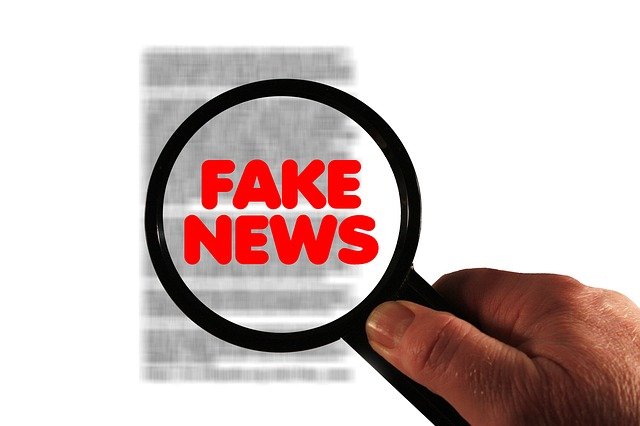


Can You Inoculate People Against Misinformation Before They Even See it? This Study Says Yes
By Jon Roozenbeek, Sander van der Linden and Stephan Lewandowsky for Nieman Lab
From the COVID-19 pandemic to the war in Ukraine, misinformation is rife worldwide. Many tools have been designed to help people spot misinformation. The problem with most of them is how hard they are to deliver at scale.
But we may have found a solution. In our new study we designed and tested five short videos that “prebunk” viewers, in order to inoculate them from the deceptive and manipulative techniques often used online to mislead people. Our study is the largest of its kind and the first to test this kind of intervention on YouTube. Five million people were shown the videos, of which one million watched them.
We found that not only do these videos help people spot misinformation in controlled experiments, but also in the real world. Watching one of our videos via a YouTube ad boosted YouTube users’ ability to recognize misinformation.
As opposed to prebunking, debunking (or fact-checking) misinformation has several problems. It’s often difficult to establish what the truth is. Fact-checks also frequently fail to reach the people who are most likely to believe the misinformation, and getting people to accept fact-checks can be challenging, especially if people have a strong political identity.
Studies show that publishing fact-checks online does not fully reverse the effects of misinformation, a phenomenon known as the continued influence effect. So far, researchers have struggled to find a solution that can rapidly reach millions of people. For more, click here.